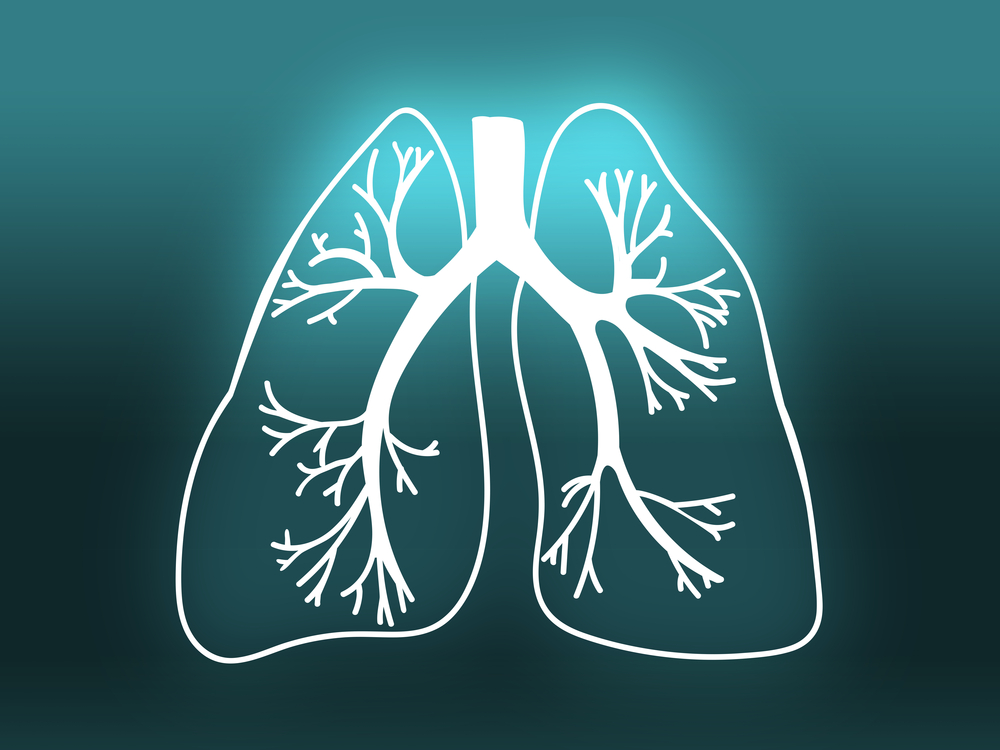Vertex Pharmaceuticals recently announced results from its PROGRESS long-term extension trial that is evaluating the efficacy of the ORKAMBI (lumacaftor/ivacaftor) investigational regimen in patients with cystic fibrosis (CF).
Cystic Fibrosis patients aged over 12 years with two copies of the F508del mutation took part and completed a treatment course of 24 weeks in the Phase 3 TRAFFIC and TRANSPORT studies (which involved groups of patients treated with lumacaftor/ivacaftor or placebo). The results are part of one of the nine presentations at the 38th European Cystic Fibrosis Society (ECFS) Meeting that took place in Brussels, Belgium between the 10th and the 12th of June.
The title of the ECFS Abstract WS01.3 is “Lumacaftor in combination with ivacaftor in patients with cystic fibrosis who are homozygous for the F508del-CFTR mutation.”
A total of 1,031 patients took part in the 96-week PROGRESS Phase 3 trial. These patients had all completed the 24 weeks of treatment in either of the Phase 3 TRAFFIC or TRANSPORT trials. All patients received treatment with one of two lumacaftor/ivacaftor combination drug regimens.
The researchers performed an interim analysis once all patients finished the 24 weeks of treatment in the PROGRESS trial for 48 total weeks of treatment.
The results revealed that lung function improvements that were seen in the 24-week treatment course of the TRAFFIC and TRANSPORT trials in patients treated with combined lumacaftor/ivacaftor were persistent during the 48 weeks.
Over the 48 weeks of treatment, the results showed improvements in body mass index (BMI), patient-reported respiratory symptoms and reduced rates of pulmonary exacerbations. Results showed that after the initiation of the combined regimen across all patients who received placebo in TRAFFIC and TRANSPORT and that later were treated with the combined drug regimen in PROGRESS had similar magnitude and pattern of response to those observed in TRAFFIC and TRANSPORT. Tolerability and safety analysis showed that the frequency and type of side and serious events, were consistent with those observed in TRANSPORT and TRAFFIC.
The results showed that after 48 weeks of treatments the most common side effects observed were increased sputum, infective pulmonary exacerbation and cough. The observed serious events were similar between all 3 trials.
Other data presented at the Conference include:
- “Lumacaftor/ivacaftor combination therapy in CF patients homozygous forF508del-CFTR with severe lung dysfunction.” Poster 143.
- “VX-661 in combination with ivacaftor in patients with cystic fibrosis and theF508del-CFTR” ECFS Abstract WS01.4, oral presentation duringWorkshop 1 – Strategies to correct CFTR defects.
- “R117H-CFTR has a defect in channel gating activity that can be potentiated by ivacaftor.” ECFS Abstract WS06.2, oral presentation during Workshop 6 – Fixing ion transport.
- “An open-label study of the safety, pharmacokinetics, and pharmacodynamics of ivacaftor in patients aged 2 to 5 years with cystic fibrosis and a CFTR gating mutation: the KIWI study.” ECFS Abstract WS01.5, oral presentation duringWorkshop 1 – Strategies to correct CFTR defects.
- “Prevalence of cataracts in a population of cystic fibrosis patients homozygous for the F508del” Poster 196.
- “Manifestation and progression of illness in young children with cystic fibrosis: a targeted literature review.” Poster 186.
- “Frequency and costs of pulmonary exacerbations and association with % predicted FEV1 in patients with cystic fibrosis.” Poster 190.
- “Lung function and health care resource utilization in patients with cystic fibrosis.” Poster 191.

